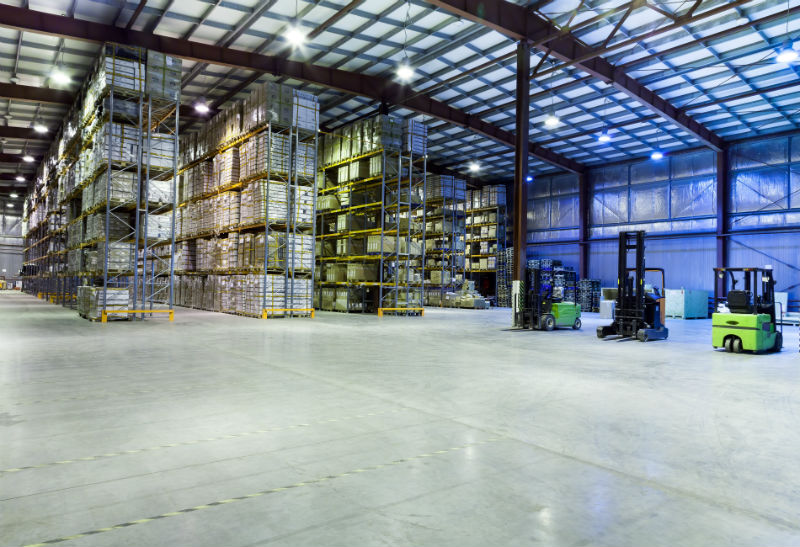In the vast expanse of a warehouse, towering structures stand sentinel, holding the weight of countless products and materials. These structures, known as Warehouse Racking, are the backbone of storage and logistics. Yet, as essential as they are, they also come with challenges concerning safety.
The Gravity of the Situation
The sheer size and weight of items stored on warehouse racks make them potential hazards. A minor oversight can lead to accidents, endangering both personnel and assets. Recognizing the gravity of these risks is the first step towards ensuring a safer warehouse environment.
Laying the Foundation Right
The foundation must be rock solid before even a single item is placed on the racks. This means:
1. Choosing the Right Racks: Not all racking systems are created equal. Depending on the items to be stored, their weight, and the warehouse’s layout, the appropriate type of racking system should be chosen.
2. Professional Installation: This is not a DIY job. Only professionals with expertise in warehouse racking installation should be entrusted with this task. They ensure that the racks are level, anchored correctly, and capable of bearing the designated weight.
Routine Inspections: The Eyes on the Ground
Regular inspections are the eyes and ears of safety protocols. These should be carried out:
1. Daily: A quick visual check to spot issues like damaged racks or misplaced items.
2. Monthly: A more detailed inspection for signs of wear and tear, rust, or other potential hazards.
3. Annually: A comprehensive review by professionals who can assess the structural integrity of the racking system and recommend any necessary repairs or replacements.
Training: The First Line of Defense
Even the best safety protocols can fall apart if the people on the ground aren’t trained to follow them. Comprehensive training programs should be in place, educating staff about:
1. Proper loading and unloading techniques.
2. The importance of not exceeding the recommended weight limits.
3. How to spot potential hazards and report them.
Emergency Protocols: Preparing for the Unexpected
Despite all precautions, emergencies can still arise. Having a clear emergency protocol can make all the difference, whether it’s an earthquake, a fire, or any other unforeseen event. This includes:
1. Clear evacuation routes.
2. Emergency contact numbers are prominently displayed.
3. Regular drills ensure everyone knows what to do in an emergency.


